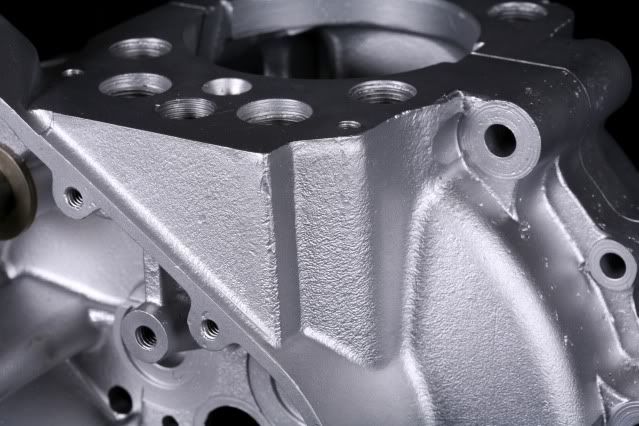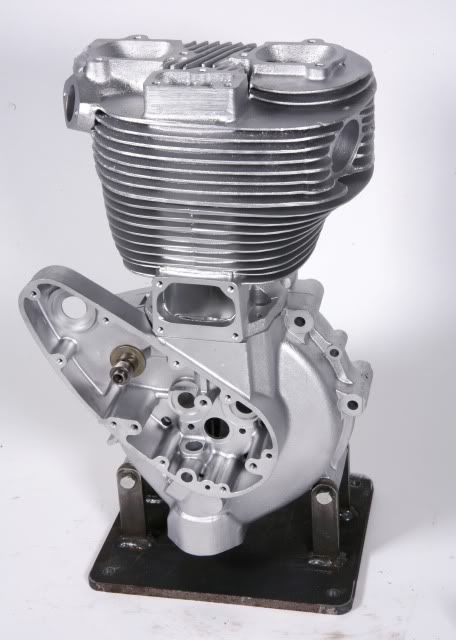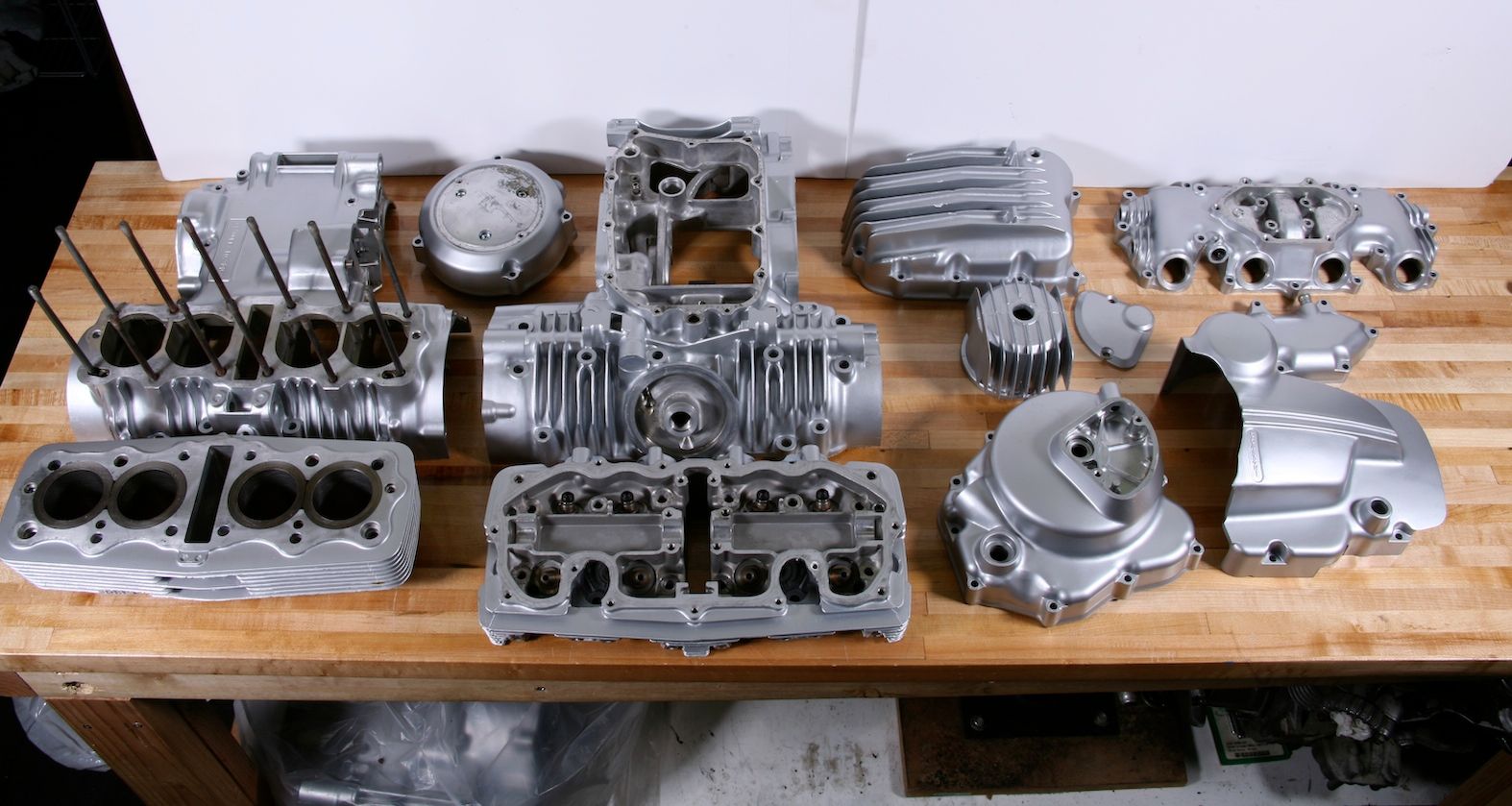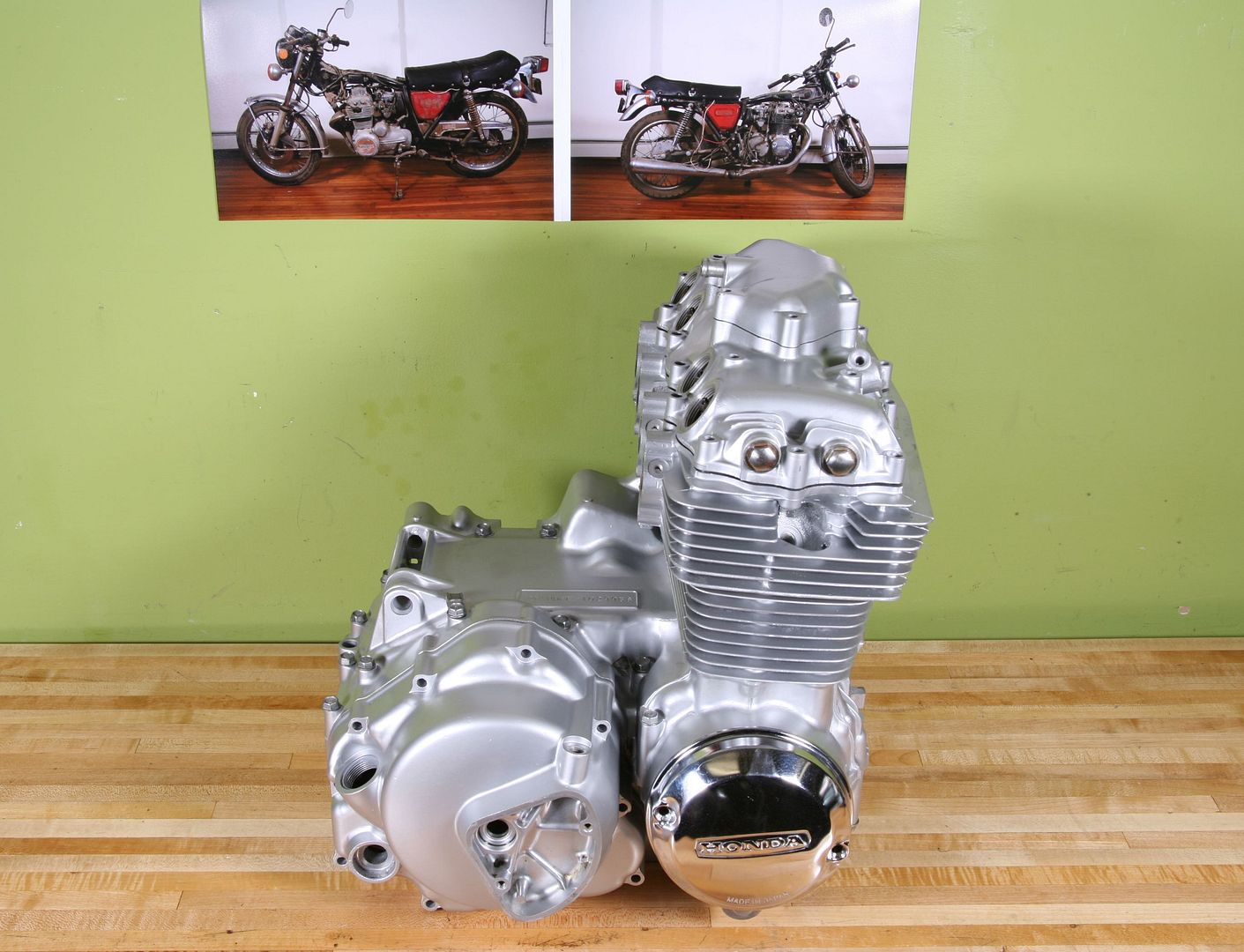A local shop had me do some parts for them in the soda blaster and they liked how non-destructive the process was to the surface metal. They then asked me if I could do engine parts for them as well.. I went to their shop to see how big the engine was and if it would fit into the cabinet at home here or if I'd have to do it out of the box..
Unfortunately, the engine had already been sand blasted with sand.. and wow, what a rough finish on the engine.. Nice and clean yes, but rough looking. He had hoped soda would 'smooth' that out for him but I know soda won't even touch it..
To help the guy out, is there anything that can be done to get rid of the sand blasted effects on the engine to smooth it out again? Putting it on a buffer would do the trick but you couldn't get into all the crevices and angles required to make it look uniform. What a long process to do all that by hand.. if possible at all?
Would glass bead or aluminum oxide have enough effect to smooth out some of that sand blasted effect on the engine, valve cover etc?
Unfortunately, the engine had already been sand blasted with sand.. and wow, what a rough finish on the engine.. Nice and clean yes, but rough looking. He had hoped soda would 'smooth' that out for him but I know soda won't even touch it..
To help the guy out, is there anything that can be done to get rid of the sand blasted effects on the engine to smooth it out again? Putting it on a buffer would do the trick but you couldn't get into all the crevices and angles required to make it look uniform. What a long process to do all that by hand.. if possible at all?
Would glass bead or aluminum oxide have enough effect to smooth out some of that sand blasted effect on the engine, valve cover etc?











